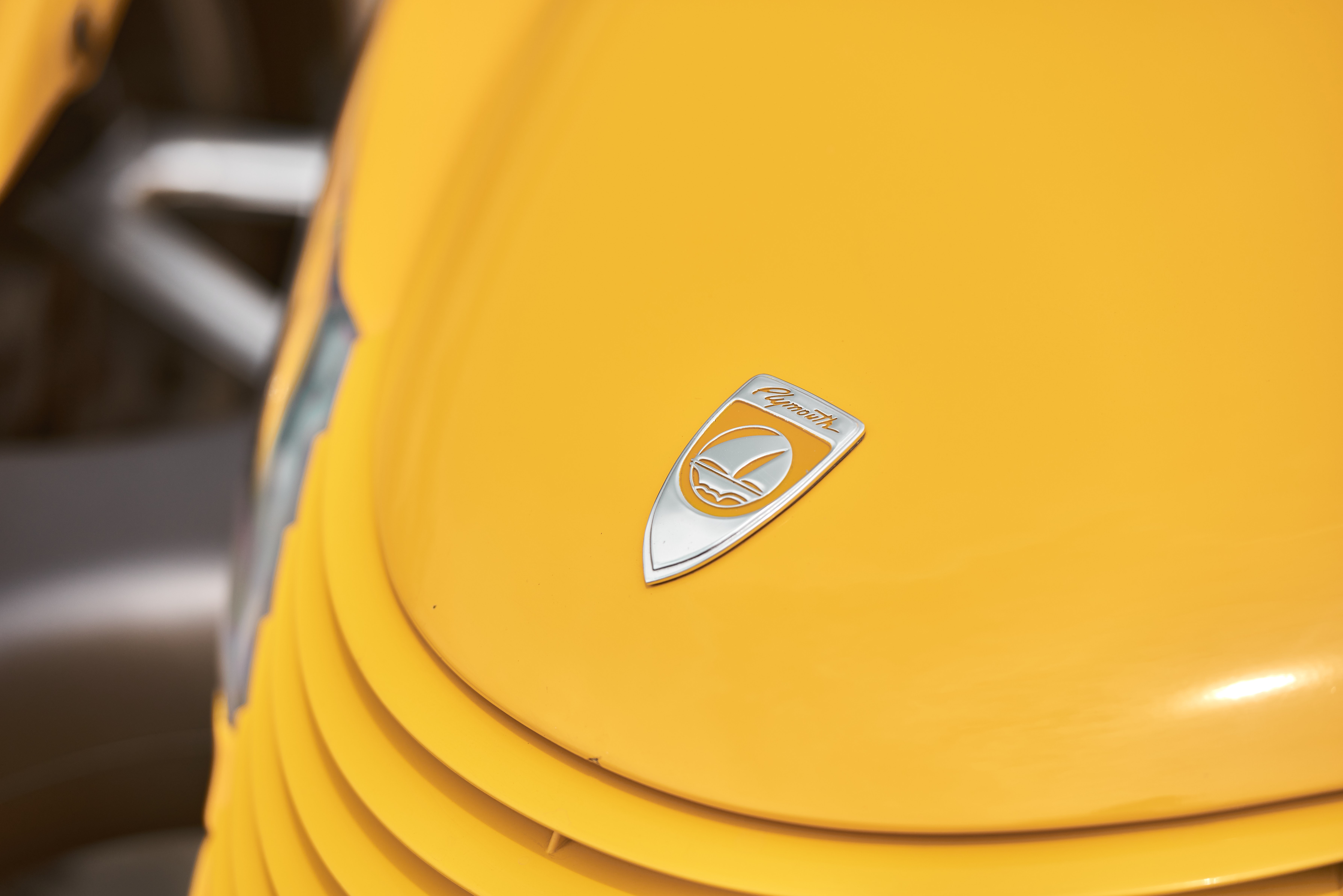Following the roaring success of the Viper, Chrysler decided to double down on daring and gave its creative teams free rein. The result was something truly unique and attention-grabbing: the Plymouth Pt Prowler. This vehicle was the brainchild of Thomas C. Gale, Chrysler’s design director at the time, who harbored a deep appreciation for 1930s American hot rods. Gale envisioned a modern interpretation of these classics for the 1990s automotive landscape.
The inspiration reportedly stemmed from Gale’s own hot-rodded 1932 Ford, which served as a design touchstone for the PT Prowler. However, it was Chip Foose, a celebrated figure in hot rod design, who ultimately refined the Prowler’s striking aesthetic, giving it that unmistakable killer look.
It’s important to remember the context of the American car industry during that era. Chrysler, in particular, was producing a string of rather uninspired and lackluster vehicles. Models like the Neon, Intrepid, 300M, Sebring, and Caravan, while functional, largely failed to ignite excitement or effectively challenge their Japanese and European counterparts in terms of desirability and driving pleasure. None of these cars possessed the “cool” factor.
The PT Prowler was conceived as a dramatic shift in perception. Chrysler aimed to demonstrate to the world that it still had the capacity to create genuinely thrilling automobiles. The Prowler was intended to be a statement car, a halo vehicle that would inject passion and excitement back into the brand.
However, the financial realities of Chrysler at the time soon became a major factor. The PT Prowler, envisioned as a limited-production model, had to be developed as cost-effectively as possible. This meant that utilizing existing Chrysler components was the only viable path to production approval.

This constraint led to a significant compromise. The PT Prowler, with its aggressive hot rod styling, looked like it should have been powered by a high-horsepower V8 engine. Instead, it received a 3.5-liter V6, an engine shared with Chrysler’s more mundane sedan models.
Power output was a modest 214 horsepower, with 221 lb-ft of torque. Adding to the disappointment was the transmission: a four-speed “Autostick” automatic, borrowed directly from the Eagle Vision. The absence of a manual transmission option further frustrated driving enthusiasts who felt it detracted from the sporty image the PT Prowler projected.
Despite these powertrain limitations, Chrysler engineers did make considerable efforts to ensure the PT Prowler delivered a sports car-like driving experience. Although the “Autostick” transmission was originally designed for front-wheel-drive vehicles, it was ingeniously adapted for rear-wheel-drive configuration in the Prowler. It was connected to the front-mounted engine via a torque tube, a design element reminiscent of the C5 Corvette.
The PT Prowler also incorporated aluminum extensively in its construction to minimize weight. Tipping the scales at around 2,800 pounds, it was notably lighter than sports cars like the Porsche 911 and Acura NSX of the same era, contributing to its agility and responsiveness.
The model featured here represents the 1999 facelift version of the PT Prowler, a design that remained until its production ceased in 2002. The key upgrade for the 1999 model year was a more potent V6 engine, now producing a more respectable 253 horsepower and 255 lb-ft of torque. This enhancement provided the PT Prowler with improved acceleration, bringing its 0-60 mph time down to approximately six seconds. While not a V8 powerhouse, this updated engine gave the PT Prowler a welcome boost in performance, better aligning with its striking visual appeal.
